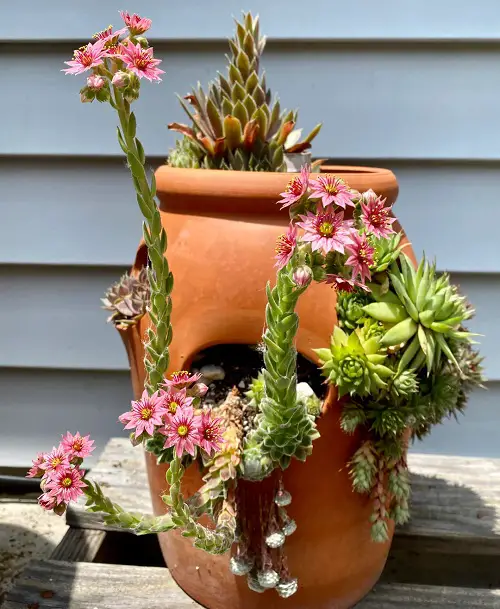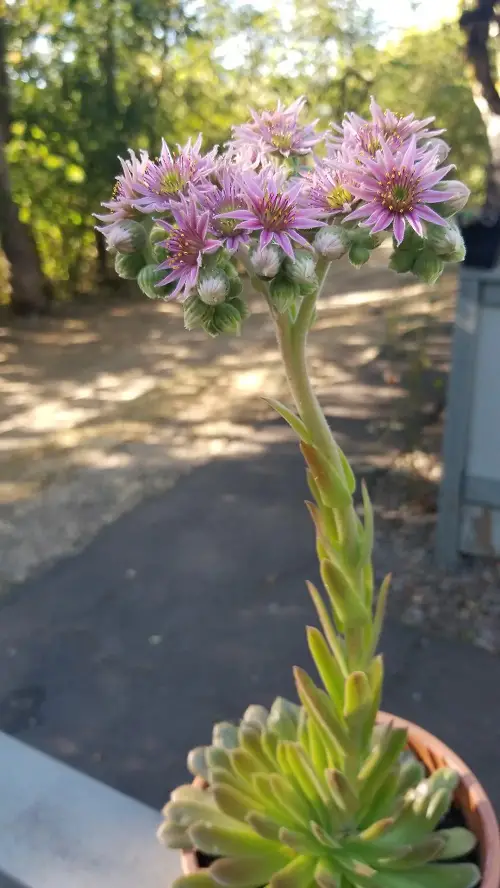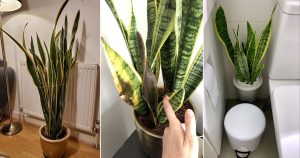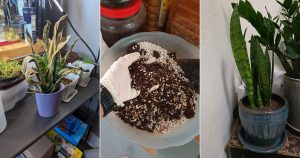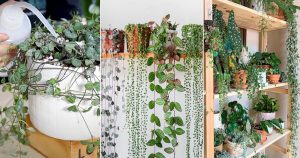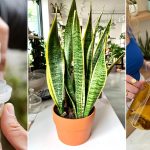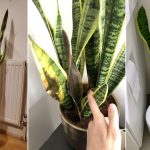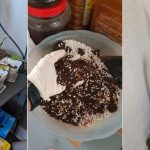So, your Hens and Chicks Flowers are all over the plant and now you are left with a question—What to do with them? Time to find out!
Both Sempervivum and Echeveria are famous as hens and chicks, and when these succulents flower, it can be quite a sight to behold! Many gardeners are not sure what to do when these plants bloom, and this is where this article comes in!
Hens and Chicks Flowers Appearance
Jot down that Sempervivum plants are monocarpic, meaning they flower and then they die. However, the pups continue to grow and develop. The flowers put up quite a show as they grow on tall stalks that appear from the middle of the rosette. The blooms come in shades of pink, red, or yellow.
In contrast, Echeveria flowers do not indicate the end of the plant’s life and can bloom repeatedly over time.
What to Do with Hens and Chicks Flowers?
After hens and chicks flowers, you have two choices:
First—let the blooms grow and enjoy that moment. Over time, they will wither and die, leaving the seeds behind. Do note that you can collect the seeds, but propagating the plant using them can be hit-or-miss. It is also a very slow and time-consuming process.
Now, the second and the correct method, is to snip away the flowers from the plant. The reason being:
For Sempervivum: Cutting the flower stalk can prolong the life of the plant for the time being, as it will slightly disrupt its natural cycle (being monocarpic). However, it will not stop the parent plant from dying, eventually. It also helps the succulent redirect its energy into growing more pups at the base, rather than spending its resources on the development of blooms.
For Echeveria: Do not cut the flower stalk unless it has completely dried out. The plant’s blooms are a sign of its thriving health, and it will continue to grow and produce pups alongside flowering. Letting the flowers remain will not harm the plant, and you can enjoy its beauty for an extended period.
It would be a good idea to use a clean and sharp pair of shears or scissors to cut the flowers. The moment you spot the flowering stalk emerging from the rosette, in the case of Sempervivum, just cut it from the base, making sure not to cause any damage to the plant. For Echeveria, ensure the stalk is completely dried before removing it.
So, now you know exactly what to do when your hens and chicks start showing off their blooms! If you’ve had experience with flowering hens and chicks, share your tips in the comments!

